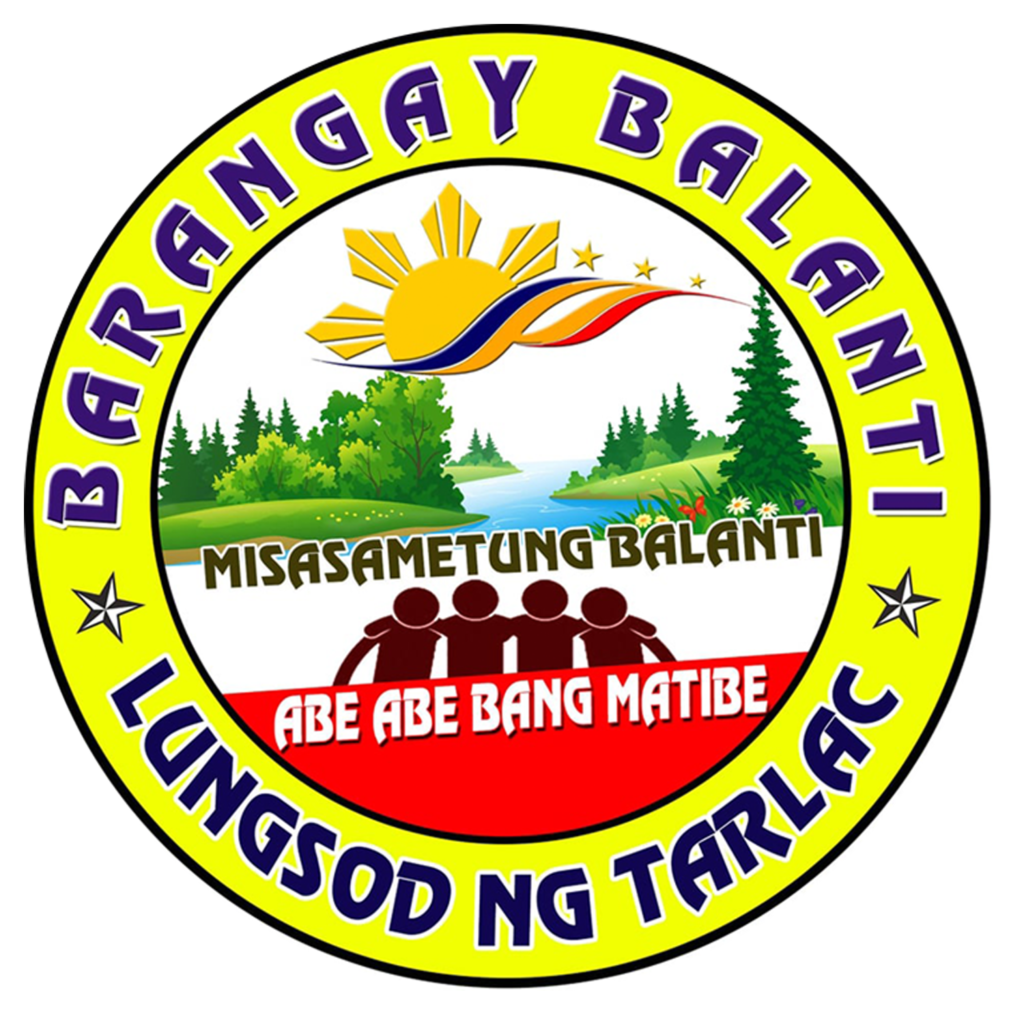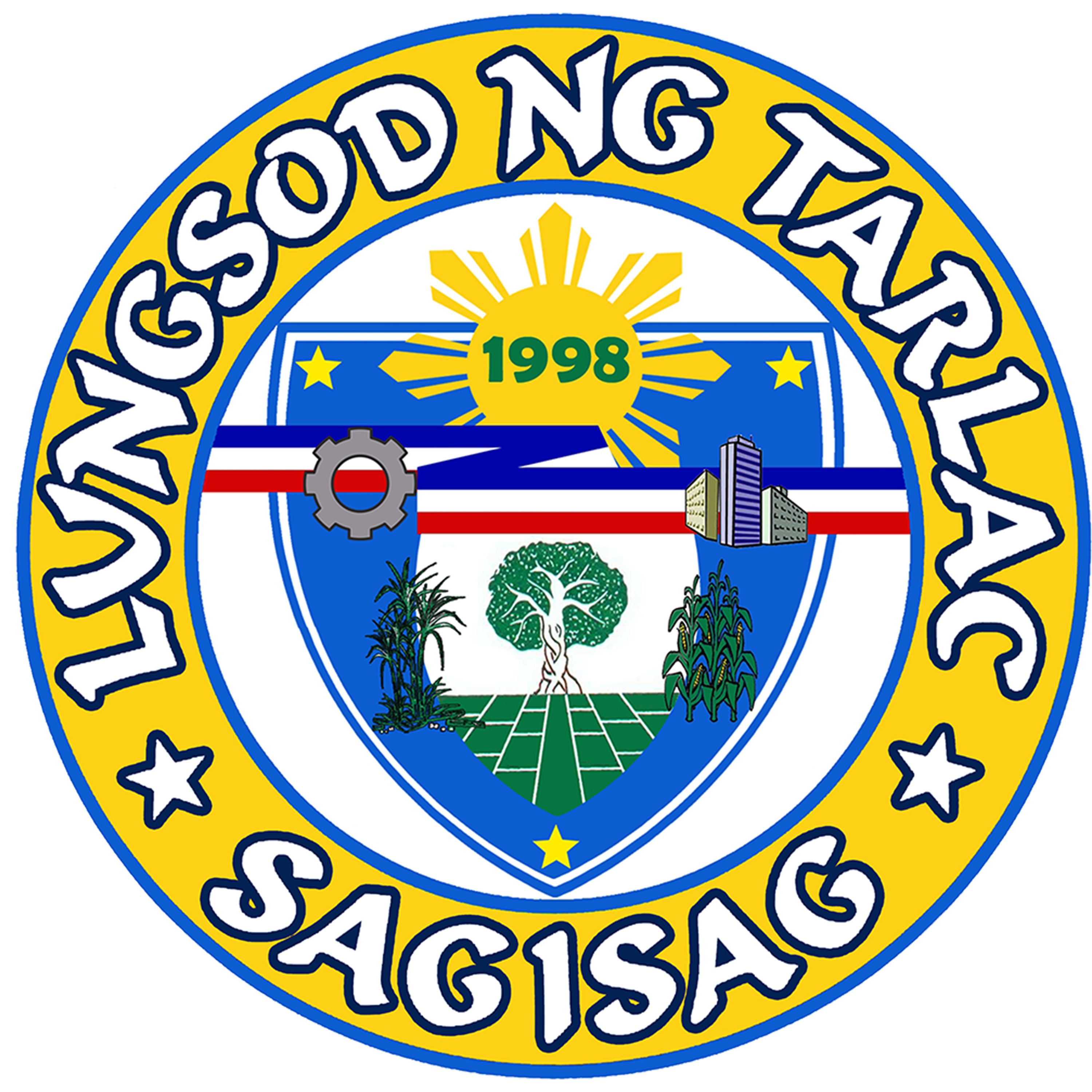
BARANGAY BALANTI HISTORY
Barangay Balanti is one of the 19 barangays enclosed in the West District Division of 76 Barangays of Tarlac City. Barangay Tibagan surrounds it on the North, Barangay Armenia on the South, and San Jose Municipality on the West.
It is approximately 6.1 kilometers away from city proper. It has a total land area of 876.18 hectares. The 412 hectares corresponds to agricultural area and the 460.18 hectares designate to residential and commercial area. It divided into 5 Sitios namely: Sitio Pandan, Sitio Baugo, Sitio Riverside, Sitio Centro, and Sitio Maligaya.
Barangay Balanti classified as Rural Barangay, it has a total population of one thousand nine hundred sixty one (1,961) as of 2020, and a household population of four hundred eighty one (481).
Barangay Balanti is an agricultural barangay. Farming is one of their major sources of livelihood. They cultivate palay, vegetable, corn and so on. Approximately 90% of the total populace here were farmers. Other source of their livelihood is fishing. Some residents were employees, laborers, construction workers, drivers, and so on. They highly give importance to the nature.
Barangay Balanti is one among the 76 barangays of Tarlac City. According to the old folks, its original name was “Cabalantian” referring to a place thickly covered with Balanti a kind of woody shrub that grew there as years past the word lose its prefix and suffix that gave birth to the word Balanti.
It is a young barangay having inaugurated only in 1967. Prior to this date, it was a sitio of San Luis, a vast stretch of mostly hilly land across the Moriones River east of Balanti. However, because being connected San Luis was causing more trouble than it was worth; a petition for its separation is granted.
A great portion of Balanti was a part of the huge estate of the late Don Manuel Urquico, an estate covering practically the entire town of Tarlac. It was mostly a jungle some hilly portions of which were cleared to give way to a cattle ranch. Still some low land portions of the ranch were cleared for forming. Transportation was by horseback since the Moriones River cut of the road for land vehicles. After 1946, Don Manuel Urquico started to despair of his land to smaller landowners that intern cleared all the lowland portion of agriculture. Sure by the presence of land waiting were Ilocano, Tagalog, and Pampango.
Resolution #66
On motion of councilor Eusebio Pascual, Duly Seconded, Resolved, that in compliance with resolution #69 dated February 10, 1970, of honorable, the Provincial board, Tarlac, Tarlac. There are being submitted here with, duly accomplished the papers and other documents relative the conversion of Sitio Balanti into separate Barrio, to the Provincial Board, Regular Session of the Municipal Council of Tarlac held on March 17, 1970.
Resolution #94
Held on May 5, 1970 on motion of councilor Eusebio Pascual, on seconded, Resolved, that in compliance with Resolution # 147, dated April 14, 1970 of the Honorable, Provincial Board, Tarlac, Tarlac. The Boundaries of Sitio Balanti, which being proposed, has an independent Barrio. Especially in relation to barrio San Luis, its mother barrio, and other surrounding political subdivision, are being indicated, marked and identified under the lower portion of the sketch submitted as follows towards the north bounded by the v-shape formed by the Tarlac owner; and towards the south by the boundary of barrio.
Ninety percent of the total populations are Pampango, and the rest are Tagalog, Bisaya, Pangasinense, and Ilocano.
Barangay Balanti celebrates their feast day every March 26 as a thanksgiving to the patron Our Lady of Lourdes. Our Lady of Lourdes is the generous Mother of God.
